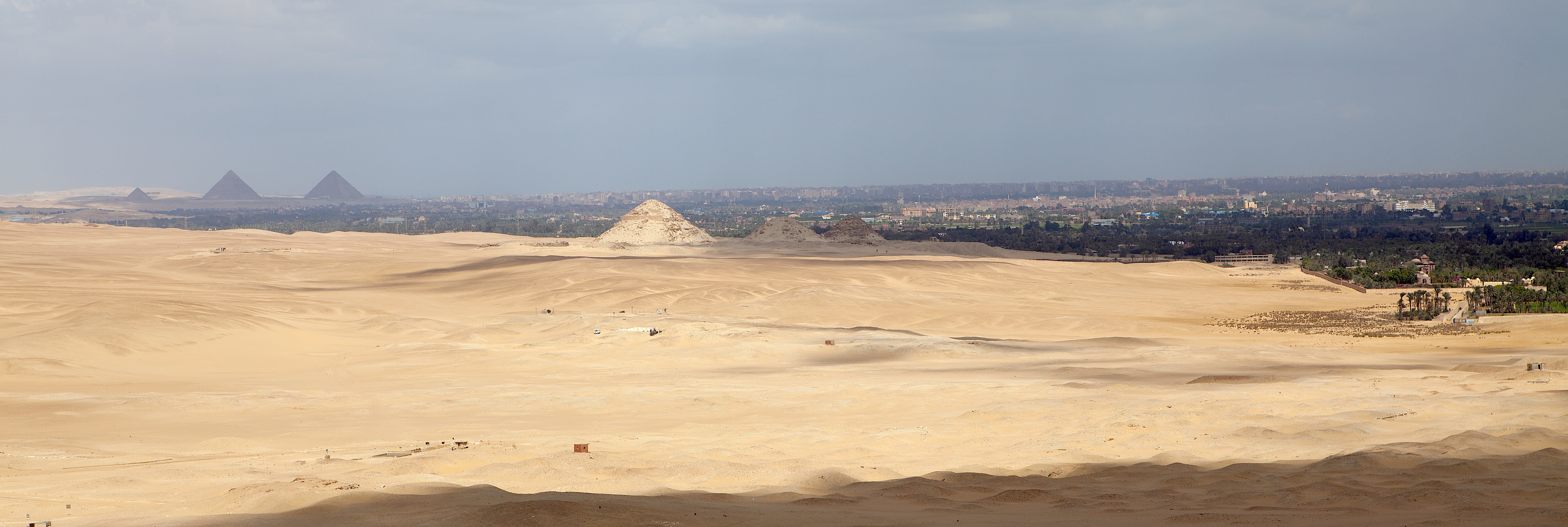This year, Czech Egyptology celebrates sixty years since the foundation of the Czech (former Czechoslovak) Institute of Egyptology, Faculty of Arts, Charles University, Prague. The institute was founded in Prague on 1 October 1958 based on a decision of the government of the Czechoslovak Republic. Professor František Lexa, a member of the Czechoslovak Academy of Sciences, became its first director. On 20 May 1959, the Czechoslovak Institute of Egyptology started research also in Cairo under the direction of Professor Zbyněk Žába. Moreover, the 100th anniversary of the first Egyptological lectures at Charles University, Prague will come to pass in 2019.
Today, the Czech Institute of Egyptology runs the Czech Republic’s largest scientific expedition that works continuously abroad. Its current concessions in Egypt include the tombs and larger part of the pyramids at Abusir and Oasis el-Hayez in the Western Desert. Two of its concessions are located in Sudan: Usli in the Sixth Nile Cataract region and the west bank of the Nile at Sabaloka.
The work of the Czech Institute of Egyptology started with the participation in the international UNESCO campaign aimed at the salvage of monuments in the area of ancient Nubia destined to disappear under the waters of the Aswan High Dam. The results of the expedition include the discovery and documentation of tens of important historical inscriptions and rock art, the documentation of a painted shelter at Korosko, the rediscovery of a lost temple at Tafa and the documentation of a Roman fortress at Qertassi, together with the excavation of tumuli cemeteries at Wadi Qitna and Kalabsha.
Besides the surveys in Nubia, work started also at Abusir – by the excavation of the unique tomb of Vizier Ptahshepses. Outstanding research results were reached by the institute under the directorship of Professor Miroslav Verner at the enlarged Abusir concession obtained in 1974. Two pyramid complexes have been thoroughly excavated there. The complex of King Raneferef brought to light a invaluable papyrus archive besides a royal statuary corpus. A number of tombs and cultic structures from different eras of ancient Egyptian history are located at Abusir as well, including the undisturbed shaft tomb of Iufaa from the time of the first Persian occupation of Egypt. Numerous artefacts from the Abusir necropolis count among the supreme works of art of ancient Egyptian civilization.
Outside the Nile Valley, in the Western Desert, expeditions took place in 2003–2010 in Oasis el-Hayez, c. 400 km southwest of Cairo. The expeditions discovered a unique early Christian settlement from the fourth and early fifth centuries AD and a number of prehistoric sites from the time when Sahara was greener and habitable.
Since 2009, the institute has been working also on two concessions in Sudan. The first one is located 100 km north of Khartoum at the Sixth Nile Cataract (the Sabaloka area), where Mesolithic and Neolithic settlements and burial grounds have been discovered, documenting the process of Neolithisation in North-East Africa. The site of Usli, on the contrary, situated near the town of Karima at the Fourth Nile Cataract, is known because of the unexpected discoveries of temples and a royal palace from the first millennium BC.
The research of the Czech Institute of Egyptology, Faculty of Arts, Charles University, which has been interdisciplinary and international for many years, seeks to answer a number of questions and resolve problems concerning the history and development of civilizations and cultures on the Nile, trying to better comprehend the development of the environment and the human adaptation to it, the functioning of the religious systems, the stories of particular individuals from the past and the meaning of human existence. It is this combination of various source categories on the micro- and macro-level over long time frames that makes ancient Egyptian archaeology and history a unique and important discipline in the current science and in the research of complex societies in the twenty-first century.


